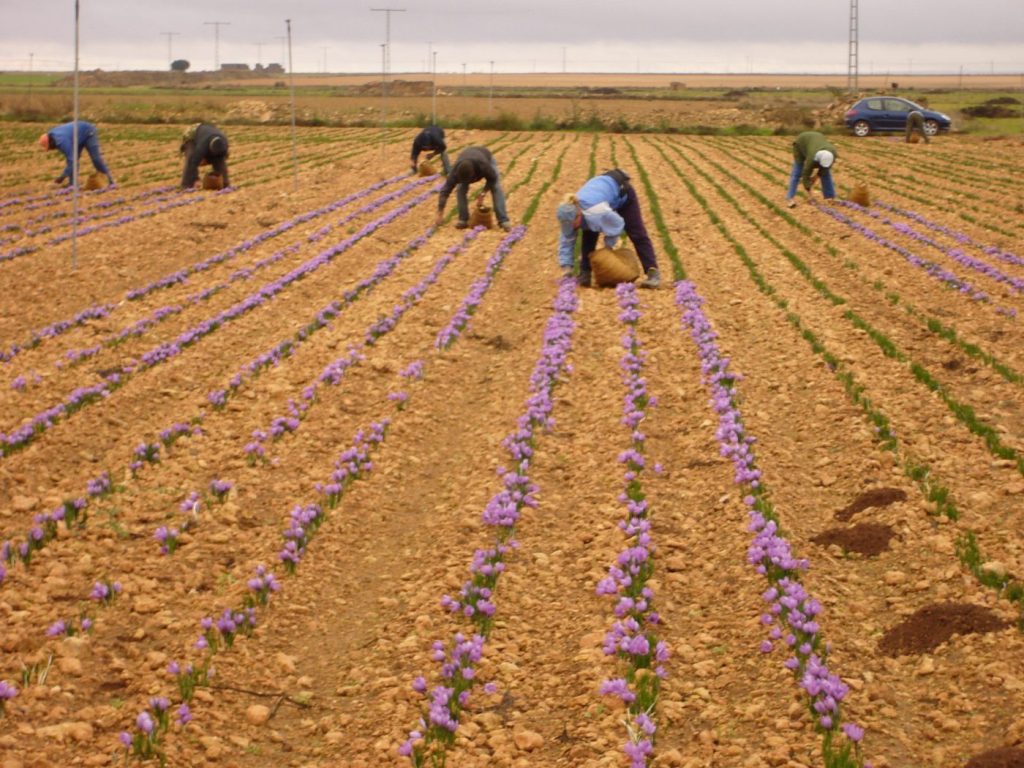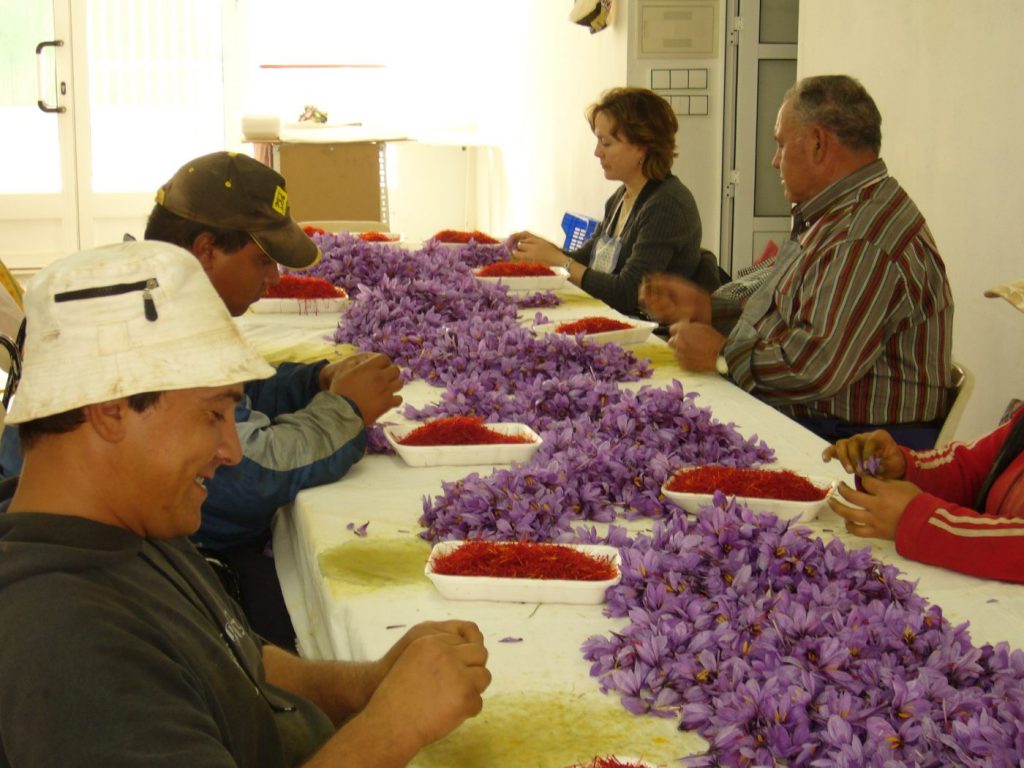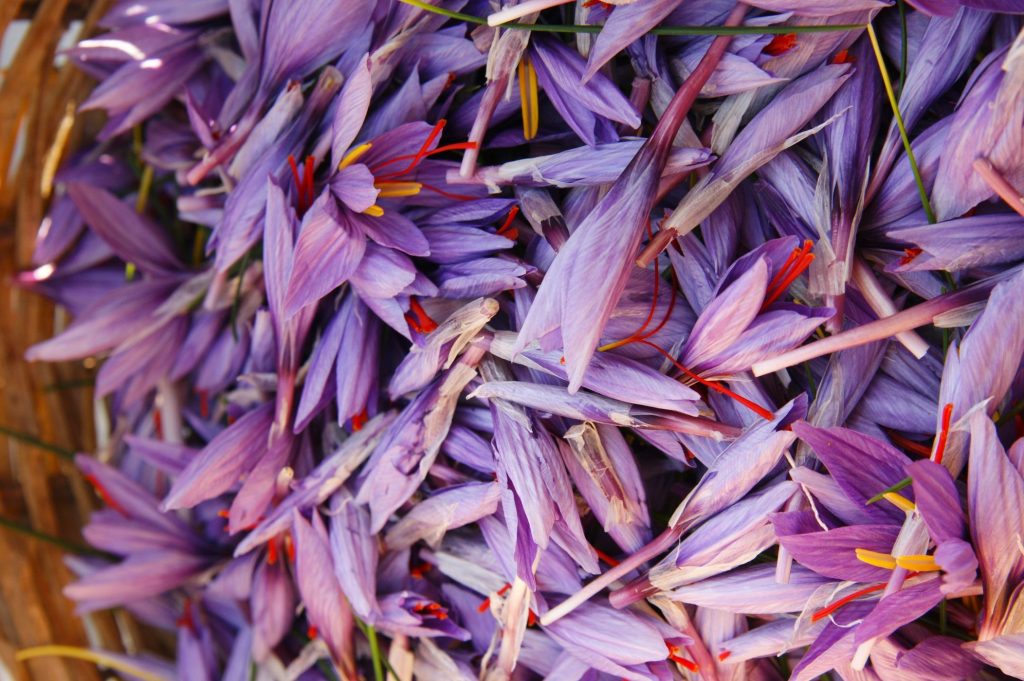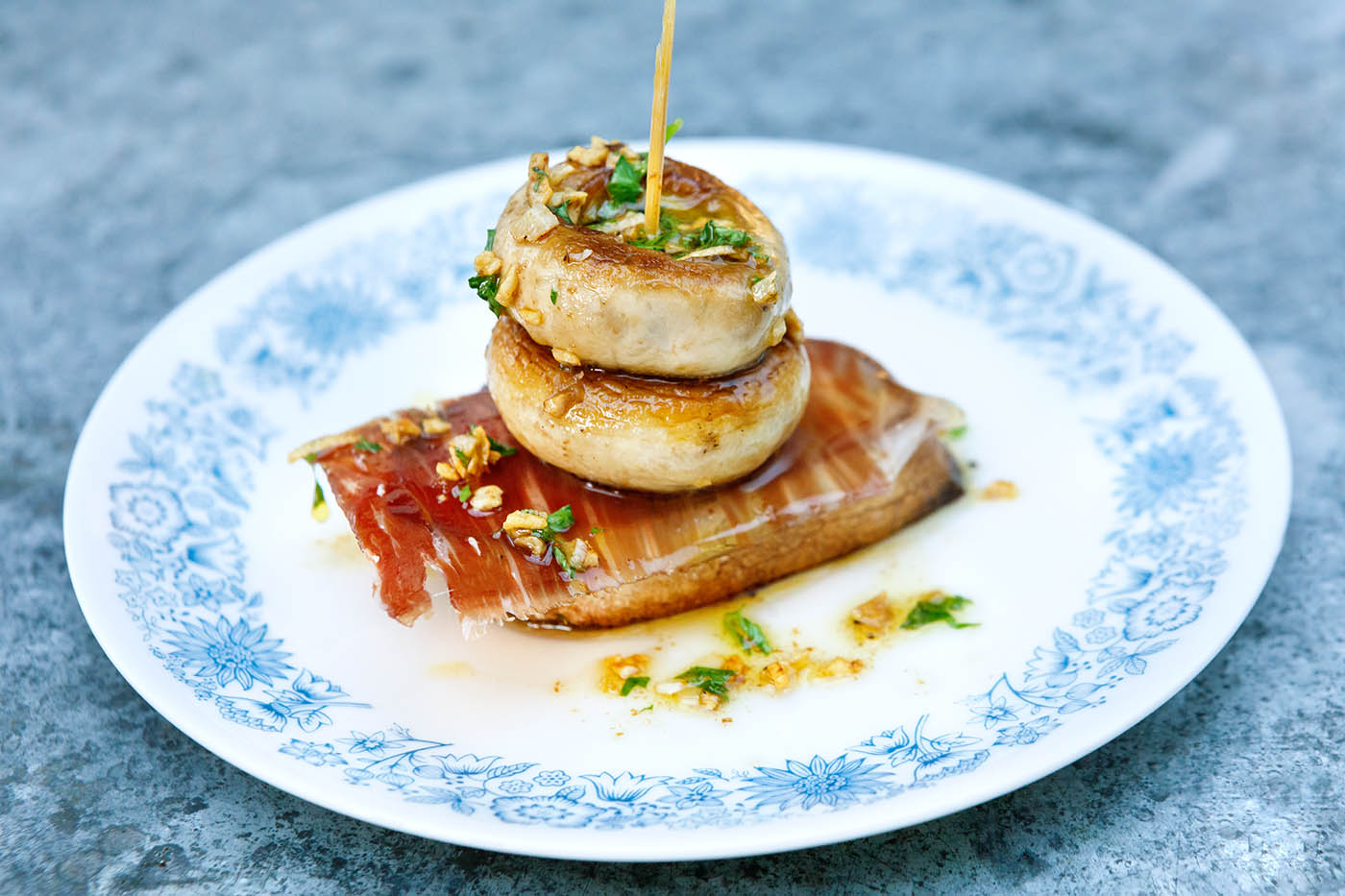- BBQ
- Light Up the BBQ
- Food
- Drink
- Hampers and Gifts
- Kitchenware
- Recipes
- BOCADILLO RECIPES
- Wholesale
- Offers
Saffron is considered to be the king of spices. It is obtained from the saffron flower, and more precisely from the three red stigmas. These stigmas need to be hand-picked and toasted almost immediately, a process which is unique and characteristic of La Mancha area. This peculiarity, together with the soil and weather conditions allows for saffron from La Mancha to be considered the best in the world. From the very heart of La Mancha, we speak to our supplier Molineta de Minaya about this special spice, the cultivation and collection process and some insights into the culinary and medicinal properties of this wonderful ingredient.


Tell us the history of the company?
We are a family business with more than 40 years experience in the production, sales and distribution of La Mancha Saffron DOP. We are based in the village of Minaya in the province of Albacete in Castilla La Mancha. We have two trademarks “La Molineta de Minaya” and “Princesa de Minaya Bio”. Our company has been able to combine the latest knowledge in agriculture and technology with the most exquisite artisan tradition in the production of quality saffron under those two names. Our limited production guarantees the quality of our saffron. All our saffron is collected, debased (separation of the stigmas from the flowers) and roasted by hand, following old traditions. This artisan production method, makes our saffron Molineta de Minaya retain the finest of aromas that makes our saffron get recognised as the best in the world. Our saffron carries the guarantee of Protected Designation of Origin Castilla La Mancha. The certification of our saffron is granted by the regulatory council of the “Designation of Origin Azafran de la Mancha”, a non-profit organisation that controls and regulates all saffron producers registered with the council. We also get assessed by an external company called Sohiscert who are certified by ENAC.
Where is it and why is this area so special for the production of Saffron?
Minaya is a village with a tradition in the cultivation of saffron. It is located in the region of La Mancha, in the province of Albacete.
What was the inspiration behind working with the saffron of La Mancha?
Family tradition for many years.
What has been your biggest challenge?
For us being mainly producers, the biggest challenge we had was to begin our export sales.
What was your proudest moment?
The recognition by professionals of the hotel and catering industry, as well as top chefs in the country.
What makes saffron of La Mancha so unique?
The characteristics of the land and the extreme weather we have, with very cold winters and very hot summers. The cultivation and elaboration methods that we have kept throughout the years also make our saffron so unique. Saffron is characterised by its slightly bitter taste and aroma; these tasting notes come from its chemical components called picrocrocin and safranal. It also contains a carotenoid dye called crocina, which gives food a golden yellow colour. This makes saffron an appreciated component in many dishes around the world. In Spain, the main use of saffron is in gastronomy. It is used in small quantities when seasoning and colouring stews, marinating foods (for example pinchos morunos), in the preparations of rice dishes like paella, meats and seafood. Saffron gives aroma and flavour to both salty and sweet preparations. Among the most characteristic recipes in which saffron is involved as a basic recipe are: Rice in Cauldron, Mackerel with Ceuti, Cazon in Adobo, Fabes with clams, Pepitoria Chicken, Gazpacho Manchego, Osobucco with Saffron Risotto, Swedish Christmas Bread, Potatoes of Lent, Bouillabaisse. Saffron also has applications in medicine. Saffron reaches high prices because its cultivation, harvesting and handling are very delicate. For this reason, saffron has been called “red gold”. In Catalonia, the Valencian Community, Murcia and Balearic Islands, saffron is still one of the most present and used spices.


What is the most rewarding part of saffron production?
During its elaboration and roasting is when we really appreciate all the sacrifice and work that it takes. To verify its amazing colour and aroma is the most gratifying thing.
What are the main qualities that consumers should look for when collecting saffron for cooking?
Saffron should always have a bright red colour and its smell should be floral with toasted notes. Its smell must never be stale.
What is your advice when preparing saffron to cook with it?
Our advice is to lightly toast the strands on a dry pan with some foil to protect the strands from burning. Grind them in a pestle and mortar and allow them to infuse in boiling water for about ten minutes before you add the infused liquid to the dish you are preparing.
What flavour characteristics doe the saffron contribute to the dish?
Saffron more than just adding flavour, it enhances the flavours of the dish.
What are the different methods to harvest saffron?
The production and processing of saffron is totally hand made from the planting of the bulb, picking and debasing (separation of stigmas from the rest of the flower) and roasting. The whole process is totally done manually, we do not use any machine. This is why we produce the best saffron.
Why did saffron become a product for cooking, how did it happen?
In ancient times, saffron was used in medical treatments, used in dyes, cosmetics, perfumery and of course in food. Used on the tables of many kings and wealthy people for both sweet and savoury dishes.


How do you know that you are ready to harvest?
Around mid-October, the saffron bulb sprouts out the stems for about a month. The flowers that contain the saffron stigmas emerge and these flowers are collected daily.
How many flowers would be needed to produce 1kg of saffron?
A staggering 181,500 flowers will be used in 1kg of saffron.
21 May 2020
30 January 2020
30 September 2019


Sign up to receive your discount code to use straight away today!
*This offer is only available to new customers who have not made a purchase from Basco before. The discount code can only be used once per customer. This offer is not available in conjunction with any other offer, promotion or discount. Please note that we cannot refund the 10% discount if you forget to use it on your first order, you can always use it on your second!

